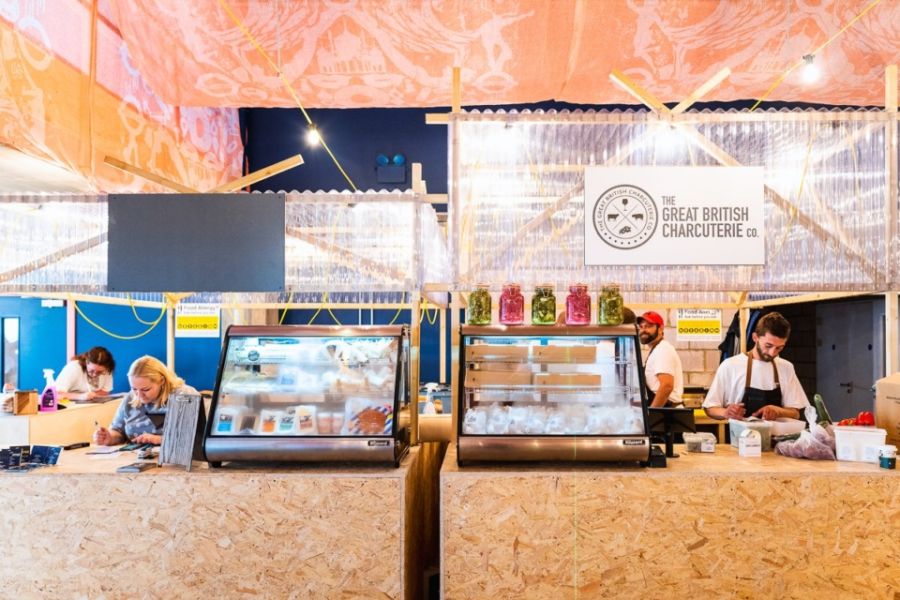Physical distancing makes walk-in dining difficult, but technology could have the answer. By Sophie Morris

Restaurants have emerged from hibernation and opened for business with impressive speed. Many welcomed diners back on “super Saturday” and many more will get the grills going over the coming weeks. But working out how to feed people while keeping them and staff safe isn’t easy.
Developing Covid-safe restaurant environments means reducing table numbers, putting up screens, retraining staff, rewriting menus and reorganising kitchens. Does it also mean the death of the queue - outside the door and at the bar? Government advice does not prohibit queueing - we’ve all seen the pictures of Primark - but many restaurants feel there’s no way for them to keep a physical queue and meet distancing guidelines.
Owners will be hoping the Chancellor’s announcement of half-price meals in August, with savings of up to £10, will lead to people “queuing out the door”, but metaphorically.
Sam Hart says his Barrafina tapas bars in London have been “proudly walk-in only” since 2007 with no exceptions - until now.
“It is totally impractical to queue with physical distancing - it would take up quite a large section of Dean Street [in Soho] or the equivalent streets for the other Barrafinas,” he explains. “We will still keep tables for walk-ins and use a virtual queue to make sure that each group is seated in the correct order.”
This is the first time ever that Barrafina has taken reservations. The owners are often accused of igniting London’s restaurant queue culture, but for them and other restaurants like Venetian tapas bar Polpo and Mexican chain Wahaca, the queues have been cost-effective.
“We never really had queues that snaked outside,” Hart insists. “Instead guests wait inside at the standing bars and order snacks. It’s very sociable and it will return.”
A well-organised queue is important for casual restaurants with low profit margins on the food. Filling stools and turning tables as they’re needed means more orders and less waste.
Many restaurants use software such as Resy or WalkUp to manage hungry customers. They are allocated a spot in a virtual queue and can then go for a drink and are notified when a table is ready.
Shelter Hall Raw, a new food market in Brighton (inset), was in the unusual position of being able to plan around the new restrictions. It opened last Saturday with vendors offering burritos, pizza and fried chicken. “We’ve worked to reduce human contact with orders via the mobile app Goodtill,” explains CEO Dan Warne - previously MD at Deliveroo. “Consumers prefer the experience of ordering from the table as there’s no queue.”
But you can still expect to encounter the odd line. Dishoom serves Bombay-style comfort food in London, Edinburgh and Manchester and will soon open in Birmingham. The chain is known for its fast-moving queues, but is trialling a new reservation system as it reopens around the country. It adds: “Guests who can’t be seated immediately may be asked to wait outside in a carefully managed and distanced queue.”
Padella, in London Bridge and Shoreditch, known for its queue as much as its pasta, hasn’t said diners can’t wait, but is directing people to the WalkUp app, already popular in the sector.
“Restaurants that invest in technology to enhance customer experience will be the ones that propel the industry back to its former glory,” says Dan Warne. The virtual queue may be here to stay.